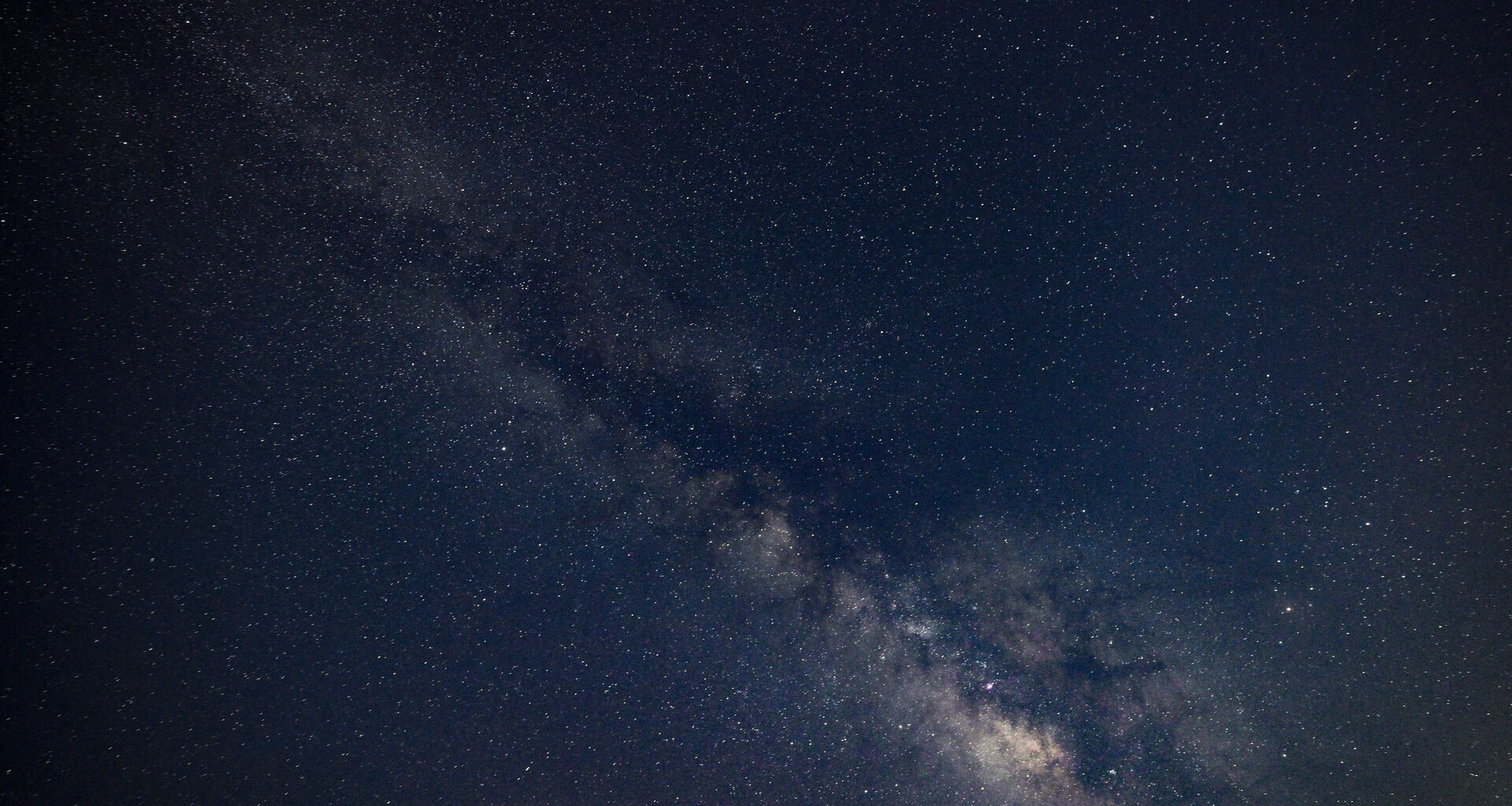The Buck Moon, glowing meteor trails, and bright planets will dazzle skywatchers in Luxembourg this month, offering an ideal reason to head outdoors after dark.
July usually brings warm, clear nights to Luxembourg, making it a fantastic time for stargazing. The night sky this month features bright planets, vivid constellations, and several noteworthy celestial events, many visible with the naked eye or simple equipment.
It’s also an excellent opportunity to involve younger stargazers. Stargazing is a simple, hands-on way to spark curiosity and learn together. Challenge your kids to spot three summer constellations, observe the main planets visible in July, keep a stargazing log, and turn the experience into a fun and educational ritual.
Read also: Fighting light pollution – Where to stargaze in Luxembourg
Here’s what’s happening in the sky this July
21 July: Full Moon (Buck Moon)
July’s Full Moon is traditionally called the Buck Moon, a name rooted in Native American traditions marking the period when male deer begin to grow new antlers. The Buck Moon will rise in the southeast around sunset and shine brightly through the night. It’s a striking sight – hard to miss!
29–30 July: Delta Aquariids Meteor Shower
Active from mid-July to mid-August, the Delta Aquariids reach their peak on the night of 29–30 July. Although this shower favours more southern latitudes, observers in Luxembourg may still see up to 20 meteors per hour under dark skies. These slow-moving meteors appear to radiate from the constellation Aquarius and often leave long greenish trails in the sky. The best time to watch is after midnight, ideally from a location well away from city lights.
Visible planets
Mars
Low in the western sky just after sunset during the first half of the month the planet becomes visible, Mars stands out thanks to its distinctive reddish hue. However, it sets early and becomes increasingly difficult to observe as July progresses.
Saturn
The ringed planet rises later in the evening and is best observed after midnight in the southeast. Its steady golden glow makes it easy to recognise. Through a telescope, Saturn’s magnificent ring system becomes visible, a true highlight for any observer.
Jupiter
The king of planets appears in the pre-dawn hours and brightens steadily throughout the month. By late July, it shines brilliantly in the eastern sky just before sunrise and offers a rewarding view even through binoculars.
Tip: Observing the planets with the naked eye or simple optics is an excellent way to share a moment of discovery with family or friends.
Constellations
Scorpius
One of the most recognisable constellations of summer, Scorpius arcs across the southern sky with its unmistakable curved tail and claws. At its heart lies Antares, a red supergiant that glows like a ruby and is often mistaken for Mars due to its deep reddish hue.
Sagittarius
Lying just east of Scorpius, Sagittarius marks the direction of the Milky Way’s galactic centre. This region of the sky is densely packed with star clusters and nebulae, including the Lagoon Nebula (M8) and Trifid Nebula (M20), both excellent targets for binoculars or a telescope under dark skies.
Cygnus
High overhead by late evening, Cygnus, the Swan, stretches along the plane of the Milky Way. Its brightest star, Deneb, forms one corner of the Summer Triangle. The constellation is filled with glowing star fields and crossed by dark nebulae.
Lyra
Compact and brilliant, Lyra hosts Vega, one of the brightest stars in the sky and a prominent vertex of the Summer Triangle. Near Vega lies the Ring Nebula (M57), a planetary nebula that appears in telescopes as a small, ghostly smoke ring.
Summer nights are the best time to stargaze with nothing more than your eyes and a blanket, offering a peaceful and rewarding experience under the stars.
Mark your calendar, find a dark spot, and let the night sky spark your imagination.
Adriano Anfuso is a photographer and digital creator who is passionate about capturing the awe-inspiring beauty of the cosmos and Earth’s wonders. You can check out his work here.
